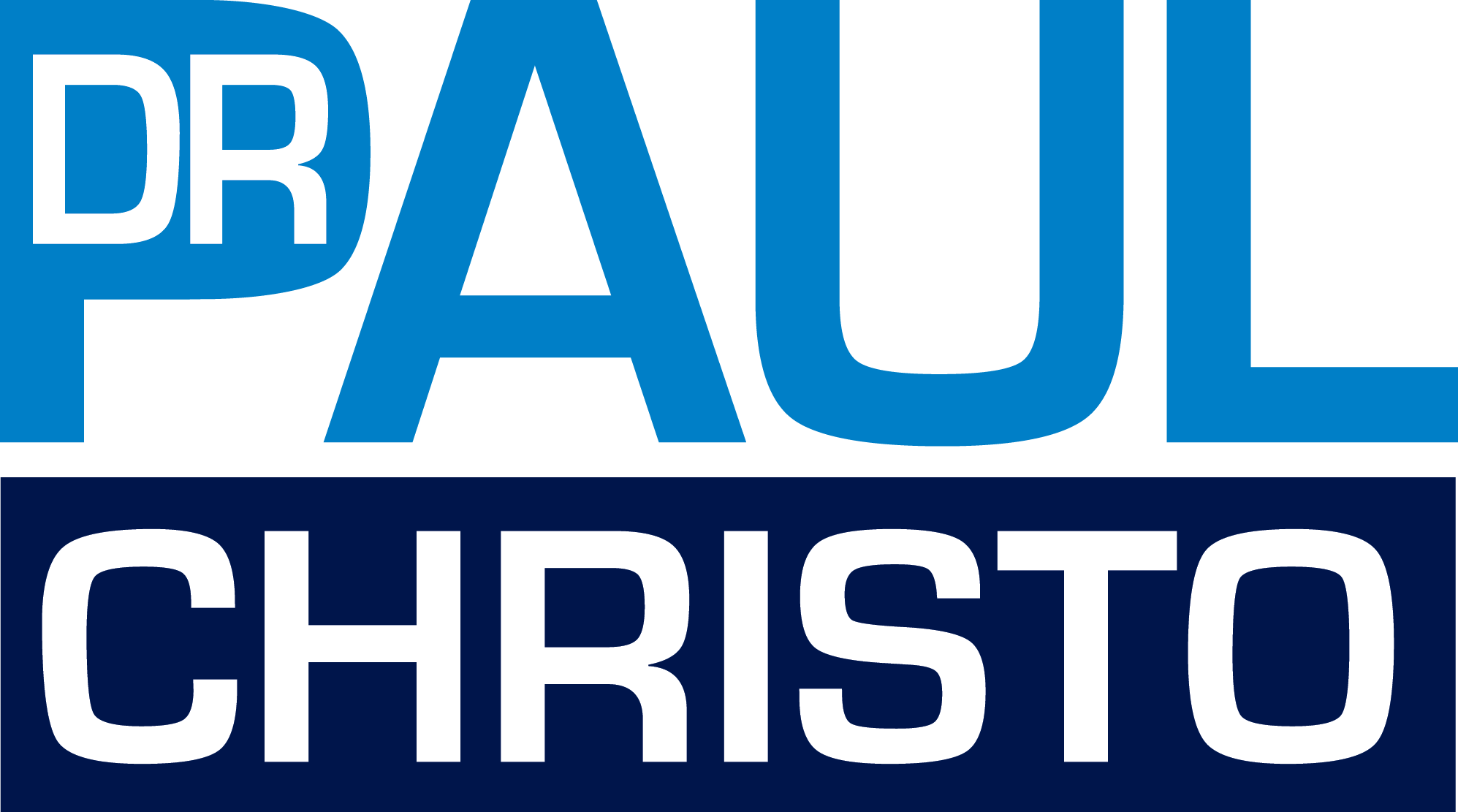Overcoming Pain
Advice from an expert.
Originally published on Thrive Global.

Chronic pain affects 116 million U.S. adults, and 40% of people living in developing countries. It doesn’t spare the more vulnerable members of society either. For instance, 20% of all children are affected by chronic pain and the prevalence increases among older adults.
Pain-relief is a multi-billion dollar industry. Each year, millions of Americans spend money on pain medications, surgery, and various other therapies in a desperate attempt to alleviate their symptoms. Some choose alternative medicine— from acupuncture and yoga to dietary supplements and aromatherapy. Unfortunately, others resort to illegal substances or become entangled in addictive behaviors, searching for relief from suffering that seems never-ending. Sometimes the search for pain relief can become more exasperating than the pain itself.
But it doesn’t have to be this way. Advances in both medicine and technology have revolutionized the way we understand and treat pain. Pain may be part of life, but chronic pain and the disability it brings do not have to be part of your daily experience.
Pain affects all of us at some point during our lives, regardless of age, race, gender, or nationality. When pain doesn’t go away, it can touch every aspect of who we are and what we do, from our careers to our hobbies and our relationships. Pain can devastate us, not only physically, but emotionally, mentally, and even spiritually.
Fortunately, many people have found ways to feel better, typically by pursuing therapies and sometimes by restructuring their lives. These people are successfully living past their limitations and closer to their dreams. Here are some concrete suggestions that have helped others feel better:
Don’t Wait: If you are in pain, seek treatment. The longer pain persists, the harder it can be to treat effectively. Research has shown us that repeated exposure to pain reduces the threshold for pain and amplifies our response to pain when events trigger it later. Many patients let pain go on for far too long. Life gets busy, and they let precious months and years slip away, hoping their condition will get better on its own. Some have been told that the pain is all in their heads, and they feel embarrassed to seek help.
During that period of time, the underlying condition transforms into the disease called chronic pain. Nerves in the tissue, spinal cord, and brain change the way they process and transmit painful signals until the body becomes more accustomed to pain as “normal.” Search until you find a physician, pain specialist, or other healthcare professional, or alternative therapist who will believe you and put you on the path of progress.
Reach Out for the Help You Need: Don’t try to solve your problems alone. The emotional distress and helplessness that often accompany pain can be just as destructive as the physical aspects of the pain. Many times, loved ones may not know how to help. Do what some of my patients have done and bring your relatives or friends to doctor’s appointments so they can understand what you are going through. Talk to others who have passed through the same experience.
Surround yourself with positive, supportive people who will encourage you and extend a caring hand. Don’t waste time or energy on people who are negative, critical, or draining. If you are caring for a loved one in pain, be sure to take care of yourself as well. There are local and national support groups for people in pain and for their loved ones. There is no need to take the journey all alone.
Be Open: All of us have preconceived ideas about pain and how it should be treated. Some patients are deeply suspicious of holistic therapies, while others are terrified of needles, staunchly against medications, or doubtful of electrical stimulation for pain control. Be open to the possibilities. You also want to begin with a full understanding of the possible side effects of any therapy and with realistic expectations for success.
Remember to practice patience. Sometimes, just small, incremental steps are possible, but taken together they lead to greater well-being. You should never agree to something that makes you feel very uncomfortable. However, if the treatments you have tried haven’t brought you sufficient relief, consider other approaches that you may have initially ruled out. Some patients of mine are open to specific interventions only later during the course of care, and that’s okay. For example, they may want to pursue injection therapies only after medications or physical therapy haven’t helped. I have had patients experience relief from a therapy that they never would have imagined trying before their suffering became unbearable. Their desperation led them to an approach that they had never considered, but were so glad they had tried, retrospectively.
It is also critical to give treatments enough time to work. That’s especially tough when you are in unrelenting pain, though. Several specific pain medications require days or weeks to produce the intended effects. Injection therapies can be quick, but not always. Yoga, acupuncture, a new diet, or a new exercise program may take months. And a single treatment may not be enough. You may need a combination of treatments. Give your chosen treatment the opportunity to have a positive effect, but if a treatment is not offering meaningful relief after allowing the appropriate amount of time, try something else!
Don’t Give Up: Pain can feel all encompassing, and sometimes after months, years, or even decades of unceasing suffering, it can be very tempting to give up. The scientific community is constantly working to advance both our understanding and treatment of pain. Many therapies available today would have been unimaginable not too long ago. Hope is a vital part of overcoming pain. You must believe that things can get better, see yourself getting better, and remember that your life and health are worth the fight. Whether it comes from a cutting-edge new therapy or an age-old treatment, your answer may be just around the corner.
Excerpts taken from my upcoming book to be published September 5, 2017. Learn more about specific diseases, treatments, coping strategies and celebrity stories in my new book, Aches and Gains: A Comprehensive Guide to Overcoming Your Pain.
